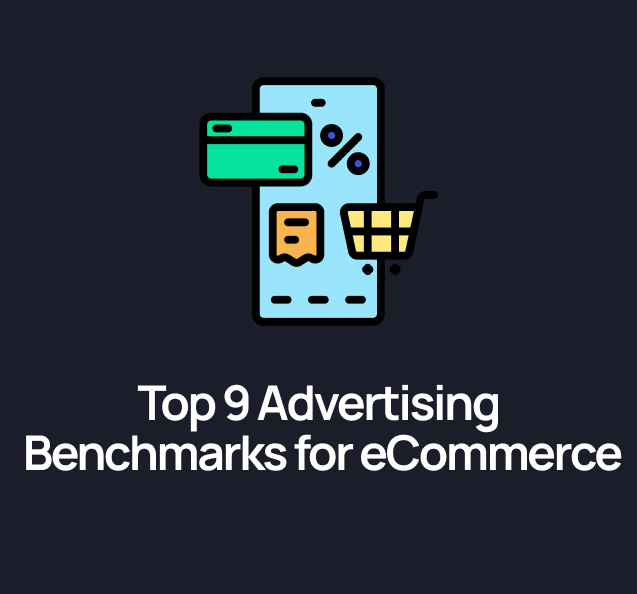In the world of SaaS, standing out requires more than just a great product. It demands a smart, innovative go-to-market (GTM) strategy. In this blog, we’ve sifted through the competition for you and pulled out five clever GTM strategies executed to perfection by some of the world’s leading SaaS companies and then break down why they were so successful.
But first, let’s make sure we fully understand what we mean by a ‘Go-To-Market strategy’.
What Is a Go-To-Market (GTM) Strategy?
A GTM strategy is your game plan for launching (or relaunching) a product into the market. It covers how you reach your ideal customers, what channels you use, how you position your offering, and how you drive demand and revenue.
It’s not a one-time launch checklist—it’s the blueprint for how you’re going to grow.
For SaaS companies, particularly in B2B, a GTM strategy needs to consider:
- The complexity of the buyer journey (longer sales cycles, more stakeholders)
- Pricing models (freemium vs. usage-based vs. annual contracts)
- Channels that convert (search, paid social, partnerships, outbound, content)
- Product experience (especially when it's central to conversion - hello, PLG)
Why GTM Strategies Matter for SaaS and B2B Brands
SaaS lives or dies by predictable growth. Investors want to see repeatable acquisition. Buyers want to see value quickly. And your team wants to know where to focus.
A good GTM strategy helps:
✅ Align sales, marketing, and product
✅ Nail product-market fit messaging
✅ Maximise CAC payback speed
✅ Prioritise the right acquisition channels
✅ And avoid the "launch it and pray" approach that sinks so many products
In B2B SaaS especially, your GTM strategy isn’t just about customer acquisition. It’s about market education. You’re often selling something new, complex, or category-defining. That means your messaging, your funnel, and your targeting need to work a lot harder.
What You Need to Execute a SaaS GTM Strategy Properly
You don’t need a 70-slide deck or six months of internal workshops. But you do need a few key components:
- A defined ICP – not just titles and sectors, but pain points, product triggers, and buying behaviour
- Messaging hierarchy – your value prop, differentiated positioning, proof points, and hooks
- Channel strategy – which platforms, campaigns, or partners will do the heavy lifting
- Revenue model clarity – are you optimising for trials, demo requests, usage-based upsells?
- Measurement plan – how you’ll track success, pivot quickly, and optimise over time
And, especially for early-stage B2B SaaS, you need the humility to test before you scale. Even the sharpest GTM strategy on paper needs feedback from the real world.
So now we understand the fundamentals of the great GTM, let’s see what this looks like in action…
1. Slack: Leveraging Product-Led Growth

Strategy: Slack adopted a product-led growth approach, offering a freemium model that allowed users to experience the product's value before committing financially. They focused on creating a superior user experience and solving real customer pain points in team communication.
Why It Worked: By targeting individual teams rather than entire organisations, Slack facilitated organic growth within companies. Their integration-first approach made it easier to embed Slack into existing workflows, increasing the product’s value and stickiness. This strategy led to rapid user adoption and growth.
2. Loom: Capitalising on Viral Loops

Strategy: Loom's GTM strategy centred around product simplicity and viral loops. Users could experience the product's value even before signing up by viewing videos shared by others, which encouraged them to sign up and create their own content.
Why It Worked: The ease of creating and sharing videos made the product inherently viral. Contextual in-app upgrade prompts further encouraged users to invite others, fuelling growth. This approach led to a significant increase in users and revenue.
3. HubSpot: Mastering Inbound Marketing

Strategy: HubSpot focused on inbound marketing and educational content. They produced extensive blog posts, ebooks, and courses on marketing and sales, positioning themselves as thought leaders in the industry.
Why It Worked: By providing valuable content, HubSpot attracted and educated potential customers, building trust and authority. Their freemium model for the CRM further lowered the barrier to entry, facilitating customer acquisition and upselling opportunities.
4. Dropbox: Implementing a Referral Program

Strategy: Dropbox introduced a referral program that rewarded users with additional storage space for inviting others to the platform.
Why It Worked: This strategy turned existing users into brand advocates, leveraging word-of-mouth marketing to drive growth. The incentive of extra storage was a compelling motivator, leading to explosive subscriber growth.
5. Mailchimp: Embracing Humorous Advertising

Strategy: After an audio commercial mispronounced the company’s name as "MailKimp," Mailchimp embraced the error by creating a series of humorous ads featuring fake brands with similar-sounding names.
Why It Worked: This self-deprecating humour made the brand more approachable and memorable. The campaign built major brand awareness and showcased Mailchimp's personality, differentiating them in a crowded market.
Final Thoughts
These examples illustrate that a well-executed GTM strategy can significantly impact a SaaS company's success. Whether it's leveraging product-led growth, creating viral loops, mastering inbound marketing, implementing referral programs, or embracing unique advertising, each approach offers valuable lessons.
As a SaaS marketing agency, we understand the nuances of these strategies and how to tailor them to your unique product and audience. If you're looking to develop or refine your GTM strategy, let's connect and explore how we can drive growth for your SaaS business.

.svg)








.svg)
